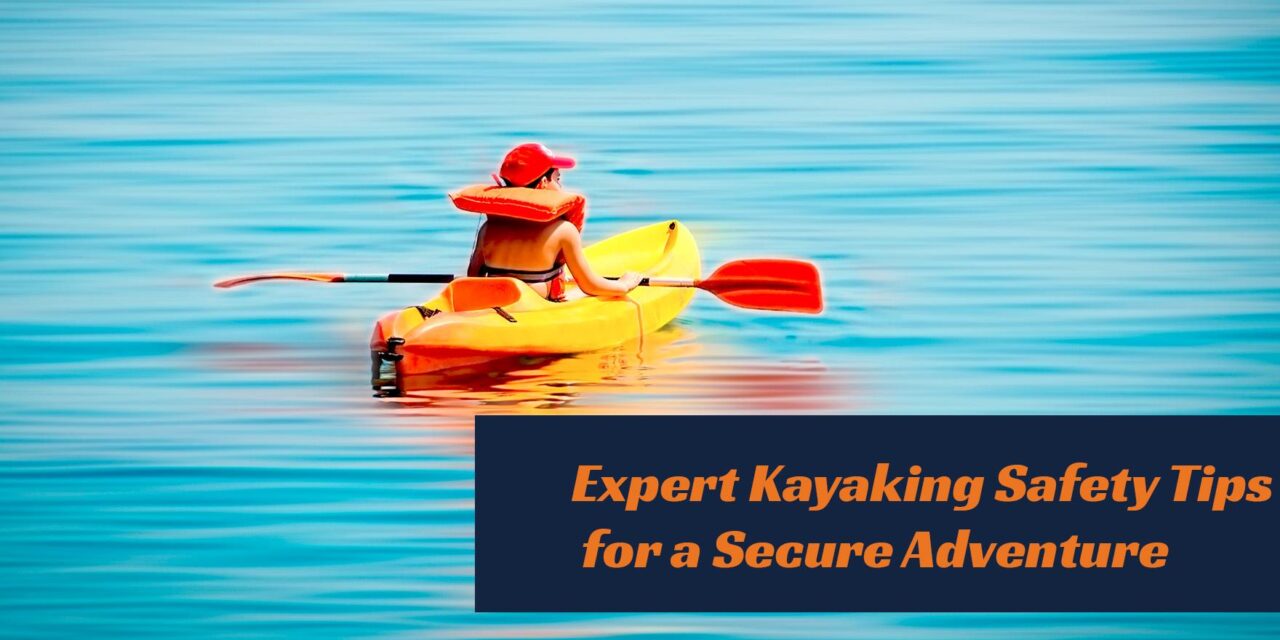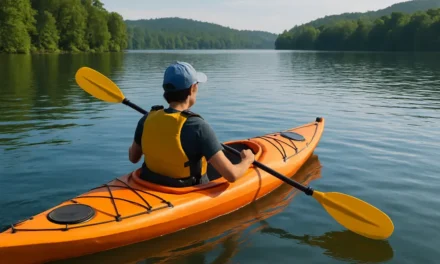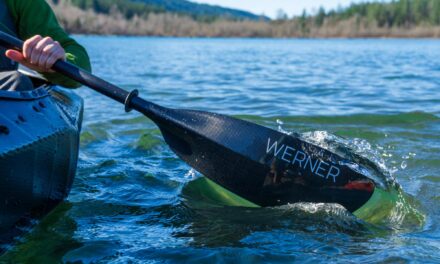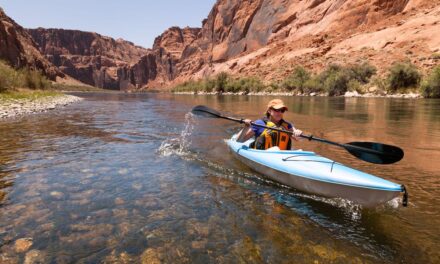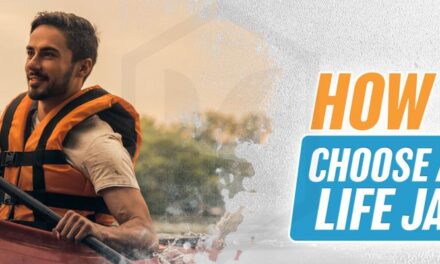Ultimate Kayaking Safety Tips: Essential Techniques for a Safe Adventure
Estimated reading time: approximately 7 minutes
Table of Contents
Key Takeaways
- Always wear a properly fitted personal flotation device (PFD) to ensure safety on the water.
- Check all equipment thoroughly before each trip to prevent accidents due to equipment failure.
- Dress appropriately for immersion with quick-drying layers and thermal protection.
- Paddle sober to maintain full control and judgment during your trip.
- Research weather conditions and local hazards to avoid unexpected dangers.
- File a float plan by informing someone of your route and expected return time.
- Stay close to shore and paddle with a group or buddy for added safety.
- Carry communication devices such as waterproof phones or whistles for emergencies.
- Familiarize yourself with basic first aid skills for potential injuries or emergencies on the water.
- Practice rescue techniques such as wet exits and self-rescue to be prepared for capsizes.
- Understand the risks of cold water and wear appropriate gear like wetsuits or drysuits.
Body Content
Introduction
Kayaking offers both excitement and tranquility, but safety is crucial to maximize your enjoyment and minimize risks. With each paddle stroke, you’re immersed in breathtaking landscapes and shimmering waters. Yet, it’s essential to stay informed about kayaking safety tips and skills before heading out. This knowledge ensures you can confidently navigate your surroundings while remaining protected from unforeseen events.
Imagine gliding across a serene lake, the sun kissing your face, and the landscape unfolding around you. This blissful scene is possible when you prioritize safety and preparation. Educating yourself on safety practices empowers you to paddle responsibly, turning every outing into a memorable and secure adventure.
Essential Kayaking Safety Tips
Ensuring safety while kayaking begins with understanding fundamental practices:
- Wear a Properly Fitted Personal Flotation Device (PFD): It’s mandatory and keeps you afloat in emergencies. As REI emphasizes, life jackets are a legal requirement in many regions.
- Check All Kayaking Equipment: Inspect paddles, the kayak, and safety gear for wear and damage before every trip. Ensure everything functions correctly to avoid mishaps.
- Dress for Immersion: Wear quick-drying, insulating layers that protect you from cold water. Materials like fleece or neoprene are recommended. For colder waters, consider wetsuits or drysuits, which significantly enhance safety.
- Always Paddle Sober: Avoid alcohol and impairing medications to maintain proper judgment and control. According to EZ Dock, staying sober is essential for safety on the water.
- Research Weather and Local Hazards: Always check weather forecasts and be aware of water currents and obstacles. Knowledge of the environment helps you avoid dangerous situations.
- File a Float Plan: Share your route and expected return time with someone reliable. This step is critical if you encounter difficulties or delays—more details are at Minnesota DNR.
- Stay Close to Shore: For beginners, paddling in calm, flat water near the shore reduces risks while building confidence.
- Paddle with a Buddy or Group: Paddling with others enhances safety. If solo, ensure someone knows your plans.
- Carry a Means of Communication: A waterproof phone or whistle can be vital for emergencies. These tools are quick and easy to access during urgent moments (PaddleZine).
- Familiarize Yourself with Basic First Aid: Knowledge of basic first aid procedures can be life-saving. Consider taking outdoor-specific first aid courses to enhance your preparedness (EZ Dock).
How to Paddle a Kayak Efficiently
After ensuring safety, mastering proper paddling techniques enhances enjoyment and control:
- Learn Basic Paddle Strokes: Focus on forward, reverse, and sweep strokes. Visual tutorials are available at REI.
- Use Torso Rotation: Engage larger muscle groups by rotating your torso during paddling. This technique reduces fatigue and increases power.
- Maintain a Relaxed Grip on the Paddle: Avoid gripping tightly; a relaxed hold improves maneuverability and reduces hand fatigue.
- Practice Proper Sitting Posture: Sit upright and look forward to maintain balance and a straight course.
- Practice in Calm Water: Build foundational skills gradually, enhancing confidence as you progress (EZ Dock).
- Efficient Paddling Enhances Safety: Proper technique allows quicker responses to hazards, ensuring safer navigation (REI).
Kayak Rescue Techniques
Even with precautions, accidents can happen. Knowing rescue techniques is vital for safety and helping others:
- Practice the Wet Exit: Essential if capsizing occurs, especially in sit-in kayaks. Familiarity prevents panic and injuries (REI).
- Learn Self-Rescue Techniques: Methods like the paddle float rescue enable independent re-entry. Attach a paddle float, secure your paddle, and kick to return to your kayak. Practice in controlled conditions is advisable.
- Understand Buddy Rescue Techniques: Such as the T-rescue, where one paddler stabilizes the capsized boat while the other climbs back in.
- Recommended Training Resources: Enroll in kayaking safety courses to refine rescue skills and build confidence (REI).
Kayaking in Cold Water
In colder environments, specific precautions are essential to prevent hypothermia and cold-related hazards:
- Hypothermia Risks: Cold water can be deadly. Always dress for water temperature with wetsuits or drysuits. Layers made of synthetic or wool materials help trap heat (REI).
- Wear Appropriate Gear: Use wetsuits, drysuits, thermal gloves, and waterproof boots. Carry emergency thermal blankets and signaling devices.
- Cold Water Safety Protocols: Remain calm if you capsize. Get out of the water quickly, and practice self-rescue techniques designed for cold conditions.
- Bring Extra Dry Clothing: Pack dry clothes and signaling tools in waterproof bags for quick access after immersion.
- Review What to Wear: Prepare your gear before launch, ensuring all layers are suitable for low temperatures (REI).
Frequently Asked Questions
What is the most important safety gear for kayaking?
The most critical safety gear is a properly fitted personal flotation device (PFD). Additionally, carrying a waterproof communication device such as a whistle or waterproof phone and emergency signaling tools is highly recommended.
How can I improve my paddling efficiency?
Focus on mastering basic paddle strokes and use torso rotation to increase power while reducing fatigue. Practicing in calm water builds technique and confidence, contributing to safer paddling.
What should I do if I capsize in cold water?
Stay calm, keep your airway clear, and quickly perform a self-rescue or assist your paddling buddy. Wearing appropriate gear helps prevent hypothermia during rescue efforts.
Are there specific tips for kayaking in winter or cold environments?
Yes. Always wear wetsuits or drysuits, layer appropriately, and practice emergency procedures like quick exits and self-rescue techniques suitable for cold water. Carry extra dry clothing and signaling tools.

